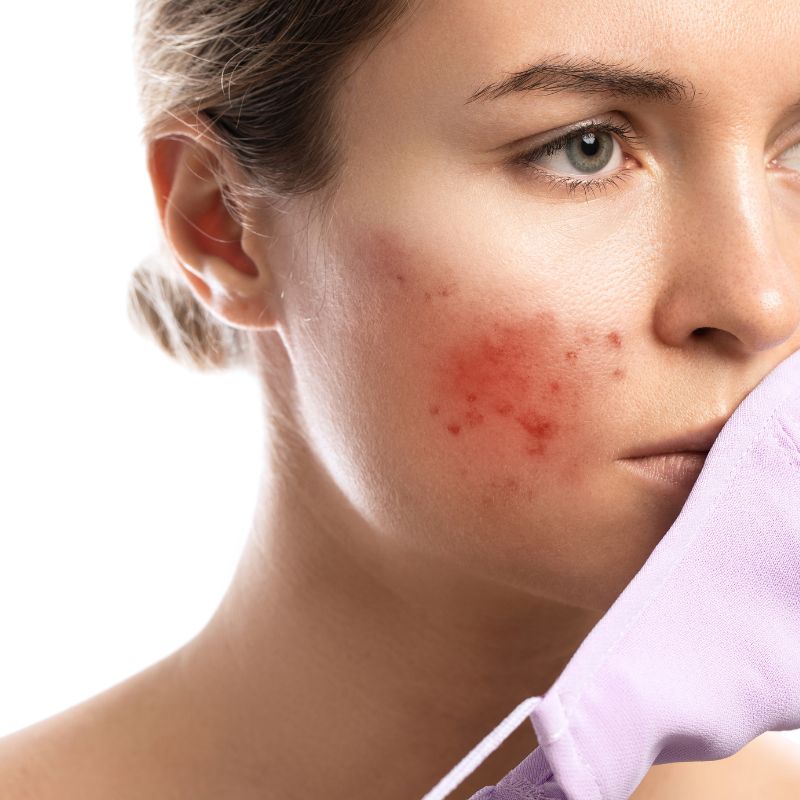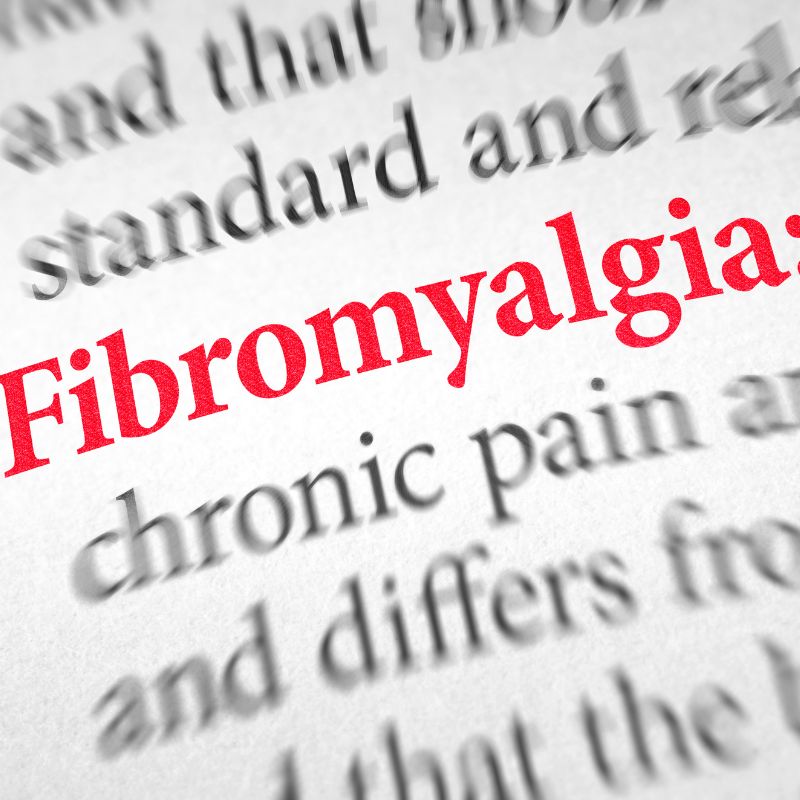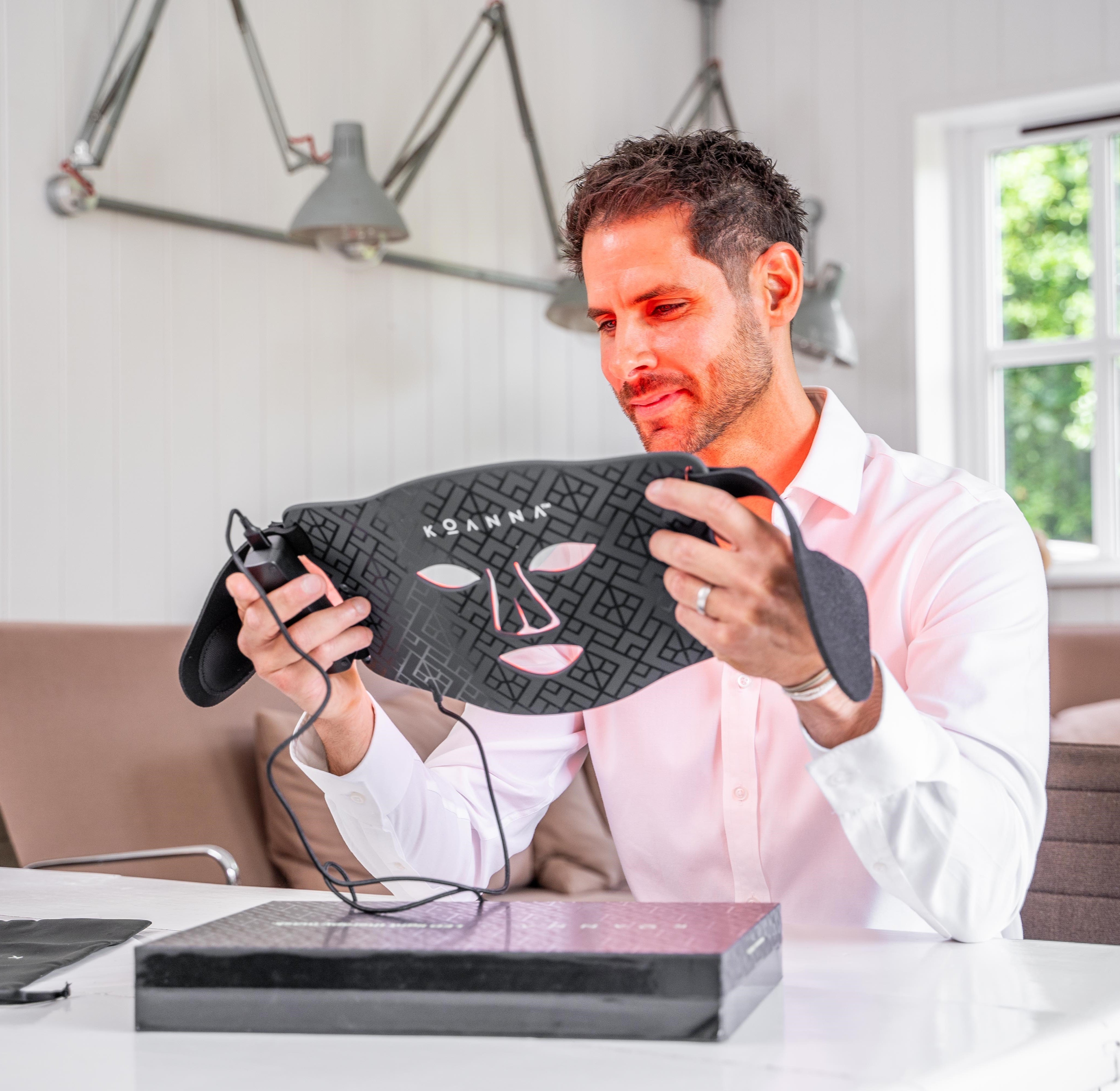Managing a condition like rosacea often involves an ongoing commitment to various treatments that reduce symptoms and improve skin health. Emerging research and anecdotal evidence indicate that LED light therapy can be a valuable addition to the management strategies for individuals facing the persistent redness and inflammation associated with rosacea. LED light therapy masks emit specific wavelengths of light that are believed to penetrate the skin, potentially reducing inflammation and promoting healing, offering a non-invasive option to those seeking relief.
While the effectiveness of LED light therapy can vary from person to person, it stands as an appealing treatment due to its gentle approach and the absence of ultraviolet light, which can be harmful to sensitive skin. Professional treatments administered in dermatological clinics offer the highest intensity and precision, but at-home devices have made this technology more accessible. Optimal results typically depend on consistent use and may be complemented by other dermatologist-recommended treatments and skincare routines geared towards managing rosacea symptoms.
Key Takeaways
- LED light therapy is a non-invasive method that may reduce rosacea symptoms.
- Consistent use of LED therapy can be crucial for achieving desired results.
- It is usually part of a broader rosacea management plan recommended by dermatologists.
Understanding Rosacea
Rosacea is a chronic skin condition primarily affecting the central face, distinguished by relapsing episodes of flushing and persistent erythema.
What Is Rosacea?
Rosacea is a long-term skin disease characterised by episodes of redness and visible blood vessels in facial areas. It frequently affects the cheeks, nose, and chin, and may include papules and pustules. It is often mistaken for acne; however, they are distinctly separate conditions.
Symptoms of Rosacea
The main symptoms of rosacea include:
- Persistent redness of the skin, especially in the central face
- Visible blood vessels (telangiectasia)
- Inflammation, resulting in papules and pustules
- Swollen, bulbous nose (typical of phymatous rosacea)
- Eye irritations in ocular rosacea, such as red and watery eyes
Types of Rosacea
Rosacea is categorised into four subtypes:
- Erythematotelangiectatic Rosacea: Flushing and persistent central facial redness with visible blood vessels.
- Papulopustular Rosacea: Beyond redness, this includes acne-like breakouts.
- Phymatous Rosacea: Skin thickening and a bumpy texture often affecting the nose.
- Ocular Rosacea: Affecting the eyes, causing dryness and irritation.
Causes and Triggers of Rosacea
The exact cause of rosacea remains unclear, but a combination of genetic and environmental factors is thought to play a role. Known triggers include:
- Environmental factors: Sun exposure, extreme temperatures
- Lifestyle factors: Stress, alcohol, spicy foods, exercise
- Certain medications and topical irritants
Managing triggers and lifestyle changes are key in reducing the frequency and severity of rosacea flare-ups.
Scientific Basis of LED Light Therapy
LED light therapy harnesses specific wavelengths of light to penetrate the skin, targeting a variety of cellular processes. This therapy is grounded in scientific principles that address multiple skin conditions by reducing inflammation, promoting collagen production, and modulating cellular activity.
How Does LED Light Therapy Work?
LED light therapy utilizes light-emitting diodes to emit photons at various wavelengths. The photons are absorbed by skin cells, triggering photobiostimulation—a process that stimulates cells to respond as if there is a source of energy. These triggers various cellular responses that can lead to the production of collagen, the reduction of inflammation, and acceleration of tissue repair.
Red and Near-Infrared Light in Therapy
Red light therapy operates at wavelengths approximately between 630 to 700 nanometers. This range is effective in penetrating skin and tissue, where it can enhance blood circulation, reduce inflammation, and support wound healing. Near-infrared light, with longer wavelengths of around 700 to 1100 nanometers, penetrates deeper into tissues, further supporting healing processes and pain relief. Both are utilised for their anti-aging properties, as they help to boost collagen production without the damaging effects of UV rays.
- Collagen Production: Stimulates fibroblasts to produce collagen, aiding in tissue repair and anti-aging.
- Inflammation Reduction: Suppresses inflammatory cells, which can alleviate redness and irritation in conditions like rosacea.
- Wound Healing: Increases cellular energy, facilitating faster tissue repair.
Blue LED Light for Skin Conditions
Blue LED light primarily targets acne-causing bacteria, operating at wavelengths in the vicinity of 400 to 495 nanometers. The light induces a photodynamic reaction, which is lethal to certain strains of bacteria on the skin, therefore, reducing acne outbreaks. Additionally, blue light may have a calming effect on the skin, helping to manage conditions characterised by redness and inflammation.
- Acne-Causing Bacteria: Destroys bacteria that contribute to acne, reducing outbreaks and inflammation.
- Tissue Calming: Has a soothing effect on inflamed and irritated skin tissues.
Benefits of LED Light Therapy for Rosacea
LED light therapy stands as a prominent choice for managing rosacea, a chronic skin condition marked by persistent redness. This therapy utilises specific wavelengths of light with an aim to alleviate inflammation and improve overall skin health.
Reduction of Redness and Inflammation
LED light therapy employs wavelengths that target the dilation of blood vessels in the skin. This results in a meaningful reduction of facial redness and inflammation, both of which are hallmark symptoms of rosacea. By decreasing these symptoms, individuals often experience a reprieve from the discomfort associated with the condition.
Yellow Light Therapy for Skin Redness and Spider Veins

In the realm of LED light therapy, yellow light therapy, often termed as amber light therapy, stands out for its unique efficacy in treating skin conditions marked by redness, such as spider veins and rosacea. Operating at wavelengths between 570nm and 620nm, this form of therapy offers a specialized approach that targets the superficial layers of the skin.
The science behind yellow light therapy lies in its ability to penetrate the skin at a shallow level, making it particularly effective for surface skin issues without affecting deeper tissues. This chapter delves into the physiological mechanisms through which yellow light mitigates redness and inflammation. It underscores how the specific wavelength range of yellow light interacts with the skin, promoting healing and reducing irritation.
Improvement in Skin Texture and Health
Regular sessions of LED light therapy can foster a notable improvement in skin texture. The treatment can lead to healthier skin by minimizing roughness and scaling, which are often the consequences of rosacea's effects on the skin's surface. A smoother texture not only enhances the skin's appearance but may also help bolster the skin's natural barrier, further protecting against irritants and environmental stresses.
Aiding Collagen Production and Wound Healing
Light therapy can also be a critical ally in the production of collagen, a protein integral to maintaining the skin's elasticity and structure. Increased collagen can help reduce the appearance of fine lines and wrinkles, common concerns that coincide with rosacea. Furthermore, LED light therapy promotes the skin's wound healing mechanisms, which can improve the regeneration of healthy skin cells and enhance overall skin resilience.
Professional and At-Home LED Therapy Options
For individuals seeking relief from rosacea and redness, LED light therapy offers accessible treatments through both professional in-office sessions and at-home devices. The efficacy of both approaches depends on the consistency of use and adherence to guidelines for safety and results.
In-Office Treatments Versus Home Devices
In-Office Treatments: Dermatologists often provide in-office LED light therapy, a non-invasive treatment approved by the FDA. Such treatments typify clinical trial-backed methods, ensuring a professional standard of care. These sessions may employ a range of lights, including blue light therapy, which targets acne-causing bacteria, and yellow LED light, noted for its efficacy in reducing inflammation associated with rosacea. Intense Pulsed Light (IPL) treatments are also available professionally, offering a broader spectrum of light to address redness.
- Benefits of In-Office Treatments:
- Supervised by a medical professional
- Typically higher intensity for more pronounced results
- May incorporate complementary treatments like infrared light
Home Devices: At-home LED masks and handheld devices provide a convenient alternative, with many products mirroring the technology used by dermatologists. Most at-home devices have undergone FDA clearance, ensuring they meet safety standards. They offer various light wavelengths, including blue and yellow, consistent with those used in professional settings.
- Benefits of Home Devices:
- Cost-effective over time
- Convenient, allowing for regular use
- Personal control over treatment schedule
Guidelines for Safe and Effective Use
When seeking to incorporate LED light therapy into one’s skincare regime, adherence to usage guidelines is vital for both safety and effectiveness. Here are specific recommendations:
- Consult a Dermatologist: Before beginning any new treatment for rosacea, it is crucial to consult with a dermatologist. They can provide tailored advice and ensure that LED therapy is a suitable option for your skin condition.
- Follow Manufacturer Instructions: For at-home devices, following the manufacturer’s guidelines is essential to avoid overexposure and potential side effects.
- Consistency is Key: Both in-office and at-home treatments require regular sessions to achieve and maintain results. An inconsistent approach may lead to unsatisfactory outcomes.
- Monitor Skin Reaction: It's important to monitor your skin's response to the treatment, especially if you have sensitive skin or severe rosacea. Discontinue use and seek professional advice if any adverse reactions occur.
Managing Rosacea Beyond LED Therapy
While LED light therapy has been recognised for its potential to alleviate rosacea symptoms, comprehensive management often involves a combination of treatments. These can range from prescription medications to lifestyle modifications that target the underlying factors and triggers of rosacea.
Medications and Topical Treatments
Medications can help with the management of rosacea. Different classes of medications may be prescribed by dermatologists based on the individual's symptoms and severity of the condition:
- Topical Treatments: Creams and gels containing active ingredients such as azelaic acid and metronidazole can reduce redness and inflammation. Another option, brimonidine, works by constricting blood vessels, temporarily reducing redness.
Listed Medications and Their Uses:
| Medication | Uses |
| Azelaic Acid | Reduces inflammation and bacterial growth. |
| Metronidazole | Antibacterial and anti-inflammatory properties. |
| Brimonidine | Vasoconstrictor that diminishes redness. |
| Ivermectin | Treats inflammatory lesions and reduces redness |
In more severe cases, oral antibiotics like doxycycline may be prescribed to decrease inflammation and red skin lesions. Topical retinoids, although less commonly used due to potential irritation, can be effective in managing symptoms when tolerated.
Lifestyle Changes and Triggers Avoidance

Identifying and avoiding individual triggers plays a key role in controlling rosacea flare-ups. Common triggers include:
- Sun Exposure: One of the most prevalent triggers, requiring rigorous application of broad-spectrum sunscreen and wearing hats or seeking shade.
- Hot Foods and Beverages: These can cause flushing and should be consumed in moderation.
- Stress: Implementing stress management techniques can influence symptom control.
- Weather Conditions: Both extreme cold and hot weather can exacerbate symptoms.
Lifestyle changes are also critical. Simple adjustments such as:
- Gentle Skin Care Routine: Using products formulated for sensitive skin can help to maintain the skin's barrier.
- Diet: A balanced diet low in inflammatory foods may contribute to symptom improvement.
- Regular Medical Check-ups: Routine consultations with dermatologists ensure that treatments remain optimal and allow for adjustments as needed.
Through a combination of prescribed treatments and conscientious lifestyle adaptations, individuals with rosacea can achieve greater control over their condition.
Supporting Dermatological Advice and Treatment
In managing rosacea and redness, professional guidance is instrumental. Treatment typically begins by consulting a qualified dermatologist, advancing through tailored diagnosis and treatment plans.
When to Consult a Dermatologist
Individuals experiencing persistent redness or signs of rosacea should seek a consultation with a dermatologist. Dermatologists specialize in skin conditions, including chronic inflammatory skin conditions such as rosacea, eczema, psoriasis, and acne. Early consultation is crucial for conditions like rosacea, which can worsen over time. It's particularly important to see a board-certified dermatologist if experiencing any rashes, dark spots, or concerns indicative of skin cancer.
Professional Diagnosis and Personalised Treatment Plans
Upon visiting a dermatologist, patients can expect:
- A thorough skin examination to diagnose rosacea or other skin issues.
- Discussion about the history of skin symptoms and triggers.
Following diagnosis, dermatologists may:
- Recommend non-invasive treatment options, including LED light therapy.
- Develop a personalised treatment plan, potentially including prescriptions to manage oil production and cellular-level skin healing.
It is essential for patients to adhere to the dermatologist's treatment regimen, which may integrate advanced therapies and skincare routines tailored to their specific condition.
Frequently Asked Questions
The use of LED light therapy masks offers promising benefits for individuals with rosacea, particularly in reducing symptoms and improving skin appearance.
What are the benefits of using red light therapy on rosacea symptoms?
Red light therapy can help reduce inflammation and accelerate the skin's healing process. It is known for its ability to strengthen the skin barrier, which is crucial for controlling rosacea symptoms.
Can at-home LED light therapy provide effective treatment for rosacea?
At-home LED light therapy devices are designed to offer a convenient treatment option for rosacea. Although they may be less potent than clinical devices, these masks can still contribute to managing the condition effectively when used consistently.
How does blue light therapy contribute to managing rosacea flare-ups?
Blue light therapy targets and alleviates bacteria that can contribute to rosacea flare-ups. It also assists in calming the skin and reducing redness and inflammation associated with rosacea.
What should one expect from LED light therapy treatments for rosacea in terms of before and after results?
Individuals may notice a reduction in redness and skin irritation following LED light therapy treatments for rosacea. The results can include a more balanced skin tone and texture, but improvements typically require a series of consistent treatments.
Which LED light masks are considered the best for alleviating rosacea?
The best LED light masks for rosacea are those offering wavelengths that target redness and inflammation. One should look for devices with clinically supported red and blue light options and that suit their skin sensitivity.
How frequently should one use LED light therapy to see improvements in redness associated with rosacea?
The frequency of LED light therapy sessions can vary, but typically it involves multiple sessions per week initially. One may then progress to less frequent maintenance sessions as their skin condition improves.




